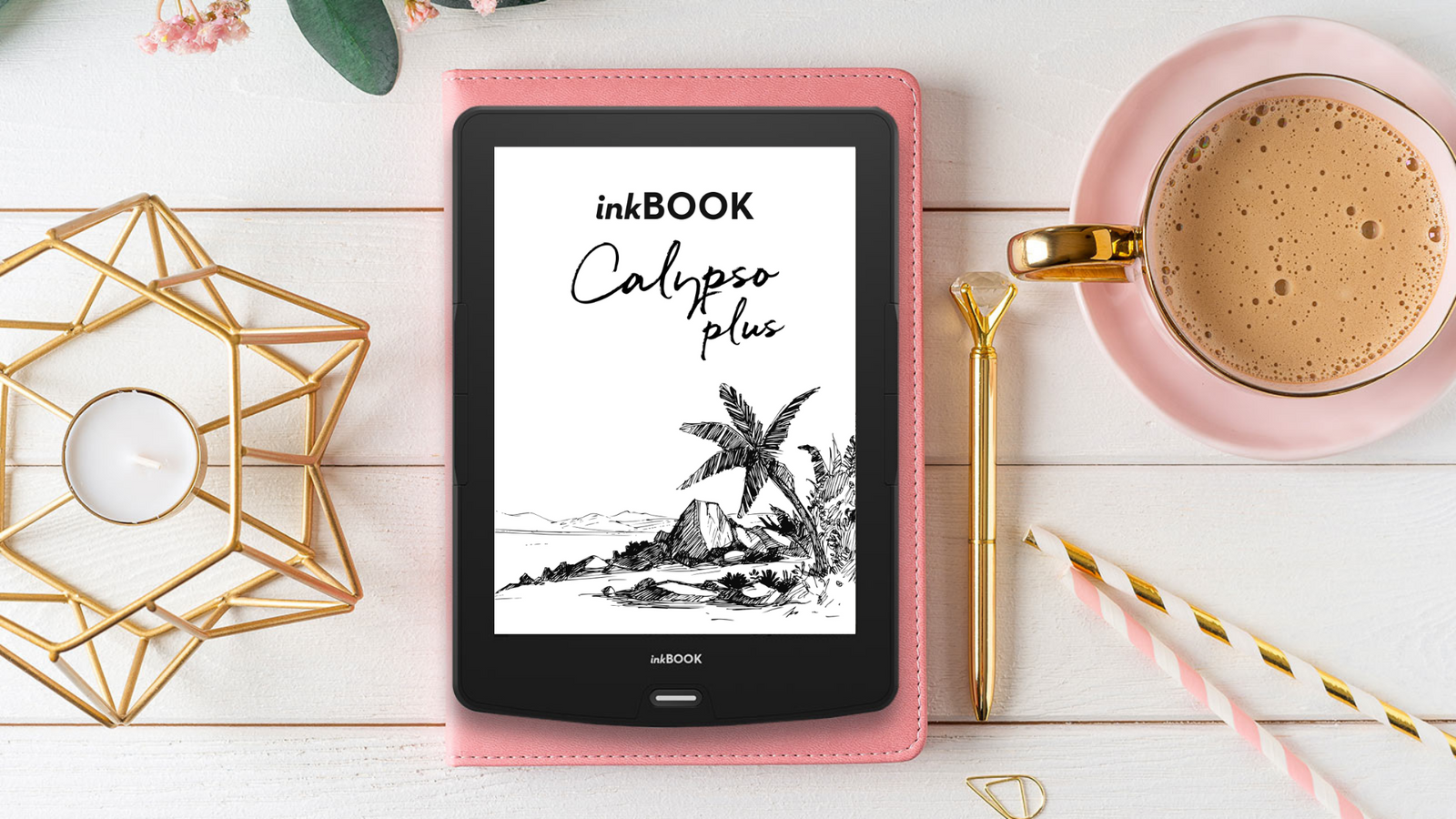E Ink screen on inkBOOK eReader. For the comfort of your eyes

E Ink screen on inkBOOK eReader. For the comfort of your eyes
The paper-quality E Ink screen has been our standard for the development of inkBOOK eReaders from the beginning. The technology used to produce the electronic display is as interesting as it is simple. How does the E Ink display work, and what benefits does it provide to e-book reader users?
At the outset, it's worth noting that it's the technology behind the screen that is the primary difference between e-readers and various types of content display devices such as TVs, smartphones, and tablets.
inkBOOK readers are equipped with an E Ink display, the main advantage of which is that use - even for many hours - does not tire the eyesight. E Ink screen is better for eyes!
E Ink screen vs LCD screen
E-book readers, including our newest models, the inkBOOK Solaris, inkBOOK Focus Plus / inkBOOK Focus Color, as well as the older ones: inkBOOK Calypso Plus, inkBOOK Calypso, inkBOOK Focus use E Ink electronic paper, commonly referred to as e-paper. Why? Because it is the best solution:
✔ firstly, for reading comfort, even if you choose to read outside in full sunlight. The image on such a screen looks the same, regardless of the lighting and the angle at which you look at it,
✔ secondly, thanks to the use of E Ink screen technology, the display looks just like a sheet of paper - which is very important for all readers who use readers.
How E Ink screen works?
In this E Ink screen technology, the main role is played by capsules with electrified black and white particles (ink) suspended in a very thick gel, which react to positive or negative electrical point charges.
Refreshing the screen, that is, briefly applying an electric voltage, induces electromagnetic processes and causes the pixels, which are aligned towards the user, to change from white to black (or vice versa).
In this way, letters and images are formed from the pixels and remain on the screen until the next application of energy, such as changing a page in a book. Interestingly, E Ink displays use very little energy for this process, and as a result last much longer on a single charge than, say, a phone or tablet.
So, what is e-ink screen? In a nutshell, E Ink screen technology is nothing more than tiny particles that are arranged into pixels thanks to electrical charges. So now you exactly know, how e-ink displays work!
E Ink display benefits for every book lover
Doesn't tire the eyes, provides the highest reading comfort - how many other advantages does the E Ink screen have?
It turns out that quite a few!
In readers such as the inkBOOK Solaris and the inkBOOK Focus Plus / inkBOOK Focus Color, we used the E Ink Carta display. This is a new-generation screen, with light and light color adjustment, which provides support for high resolutions.
In addition, other advantages of the new generation E Ink screen technology include:
✔ very good contrast between white and black color, deceptively similar to that in a book,
✔ the image viewed by the user is static, so it is like that on a printed sheet of paper,
✔ very high energy efficiency, because the energy consumption is limited only to changing the page, so most of the time the screen does not use energy at all,
✔ screen does not reflect sunlight, ebook text is readable in any conditions, so you can successfully take the reader, for example, on vacation to the beach.
inkBOOK readers with E Ink Carta screen are an investment in comfortable and safe reading.
How to clean E Ink screen? It’s easy
The E Ink screen cleans in exactly the same way as other screens. All you need is a special screen foam or a slightly dampened cloth.
Once a month, gently wipe the screen clean of dust or other stains. This way you will enjoy clear reading vision and your E Ink screen will serve you even longer.


Hinterlassen Sie einen Kommentar